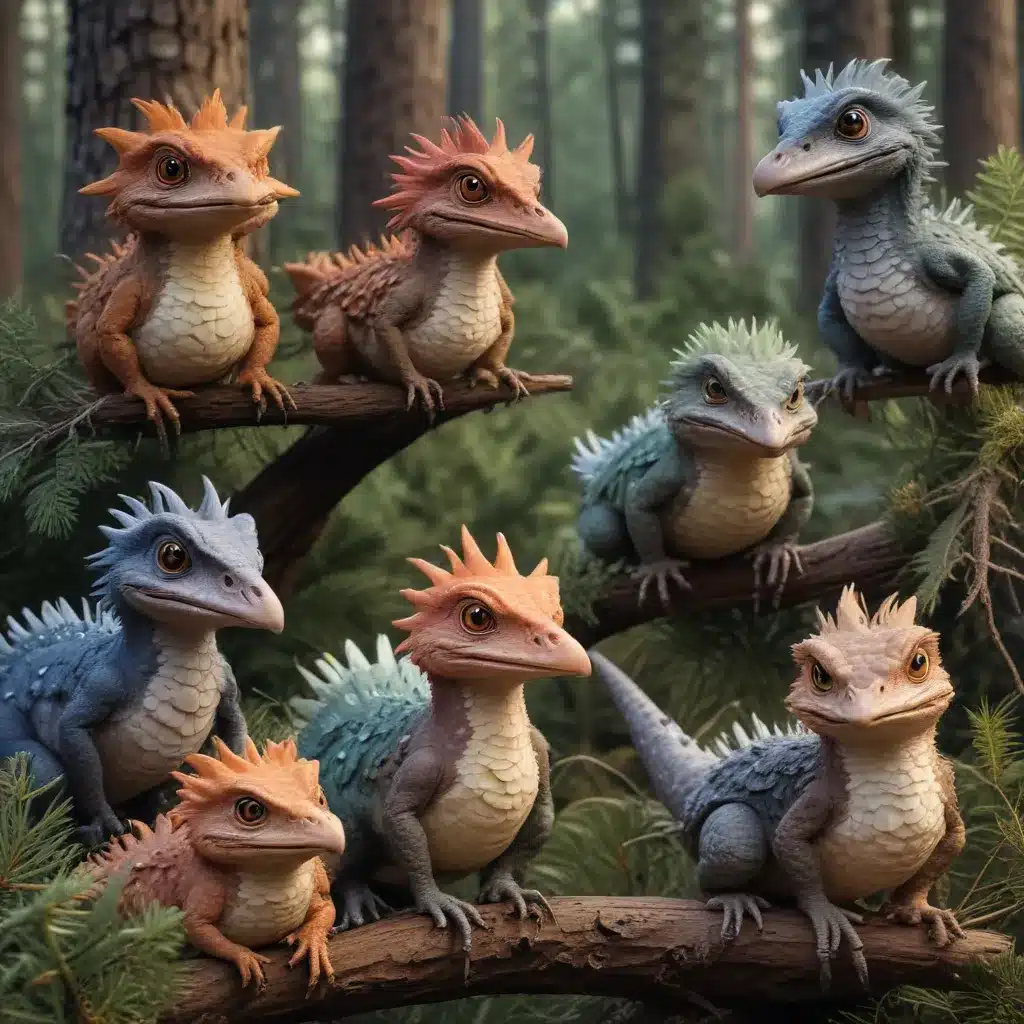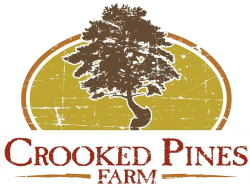
Meet the Scaly Residents of Crooked Pines
Crooked Pines Farm is home to a diverse array of reptilian critters, each uniquely adapted to thrive in our coastal pine and savanna landscapes. From the sleek, sinuous bodies of snakes to the armor-plated scales of crocodilians, these cold-blooded creatures play vital roles in maintaining the delicate balance of our ecosystem.
Diverse Reptile Species
Lizard Diversity
While many may assume lizards are limited to the arid deserts out west, the truth is we have a veritable reptilian rainforest right here at Crooked Pines. Our temperate forests and swampy wetlands provide the perfect habitat for a number of fascinating lizard species. One of the most common is the speedy five-lined skink, its iridescent blue tail flashing as it darts between fallen logs and leaf litter. Secretive glass lizards, legless wonders that can break off their tails to evade predators, also make their home here. And the stout-bodied northern fence lizard, often seen basking on sun-warmed fenceposts, is a familiar sight to our young farm explorers.
Serpent Spectrum
Snakes are, perhaps unsurprisingly, another reptilian group well-represented at Crooked Pines. From the docile eastern garter snake that feeds on amphibians and small rodents, to the impressive black racer that can reach nearly six feet in length, our slithering friends come in a range of shapes, sizes, and dispositions. Venomous species like the northern copperhead and timber rattlesnake also inhabit our wooded areas, so we take care to educate visitors on safe snake identification and avoidance. Of course, the star of the show is our resident Crooked Pines Python, a Burmese python that serves as a beloved educational ambassador, delighting children and adults alike with its gentle nature.
Crocodilian Curiosities
Even our wetlands host a reptilian heavyweight – the American alligator. While these prehistoric predators are typically found much farther south, a small population has made its home in the marshy backwaters of Crooked Pines. Fearsome though they may appear, our alligators are quite shy, preferring to bask in the sun or drift silently through the murky waters, hunting for fish and small mammals. We keep a close eye on these ancient reptiles, mindful of their protected status and the need to maintain a harmonious coexistence.
Adaptations to the Environment
Camouflage and Concealment
Reptiles at Crooked Pines have evolved a dazzling array of adaptations to thrive in our diverse habitats. Camouflage is perhaps the most obvious, with species like the brown-and-tan corn snake blending seamlessly into the leaf litter, or the pine snake, its mottled patterns echoing the bark of our towering pines. Others, like the green anole, can even change color to match their surroundings. Concealment is also key, with creatures like the five-lined skink relying on their rapid movements and ability to squeeze into tight crevices to avoid detection.
Thermoregulation Strategies
Reptiles are ectothermic, meaning they rely on external sources of heat to regulate their body temperature. At Crooked Pines, you’ll often find our lizards and snakes basking on warm rocks or fallen logs, soaking up the sun’s energy. When the weather turns cool, they retreat to insulated burrows or cozy hibernacula to conserve heat. Our alligators, on the other hand, may be spotted floating with their snouts just above the water’s surface, using the thermal properties of the wetlands to maintain their preferred body temperature.
Feeding and Hunting Behaviors
Reptilian diets at Crooked Pines are as diverse as the species themselves. Skinks and anoles primarily feed on insects, while snakes and alligators target small mammals, birds, and fish. The black racer, for example, is an excellent climber that can pursue prey in the trees, while the northern copperhead relies on its heat-sensing pits to detect warm-blooded animals hidden in the leaf litter. Our Burmese python, being a constrictor, uses its powerful muscles to squeeze the life out of its meals before swallowing them whole.
Conservation Efforts
Habitat Preservation
Maintaining healthy, thriving reptile populations at Crooked Pines is a top priority. We work tirelessly to preserve and enhance the natural habitats that these incredible creatures call home. This includes managing our forests, wetlands, and grasslands to provide the cover, basking sites, and food sources essential for each species to survive and reproduce.
Threatened Species
While many of our reptilian residents are doing well, we remain vigilant about several species that face various threats. The timber rattlesnake, for example, is vulnerable due to human persecution and habitat loss. Our American alligator population, though stable, is still listed as a protected species. We actively monitor these populations, work with conservation groups, and educate visitors on the importance of coexisting with these remarkable creatures.
Community Engagement
At Crooked Pines, we believe strongly in the power of community involvement when it comes to wildlife conservation. Through our nature trails, educational programs, and hands-on farm experiences, we inspire children and adults alike to develop a deeper appreciation for reptiles. By fostering this connection, we empower our visitors to become stewards of the land, actively participating in habitat restoration, species monitoring, and respectful observation.
Ecological Significance
Predator-Prey Relationships
Reptiles play a vital role in the delicate web of life at Crooked Pines. As both predators and prey, they help regulate the populations of smaller animals, such as rodents, insects, and amphibians. Our snakes, for instance, control the numbers of mice and voles that might otherwise ravage our crops, while our alligators keep fish and waterfowl populations in check. This balance is essential for maintaining the health and productivity of our entire ecosystem.
Nutrient Cycling
Even in death, reptiles contribute to the fertility of our soils. Their decomposing carcasses and waste products provide a rich source of nutrients that nourish the plants and microorganisms that form the foundation of our food chain. This nutrient cycling process is a crucial, yet often overlooked, service that our scaly residents provide.
Bioindicator Role
Reptiles are also valuable bioindicators – their presence, abundance, and overall health can provide important insights into the well-being of the broader environment. For example, the decline of amphibian populations, a favorite food source for many snakes and lizards, could signal the presence of environmental contaminants or other ecological imbalances. By closely monitoring our reptile communities, we can gain early warning signs of potential issues and take proactive steps to address them.
At Crooked Pines, we are privileged to share our land with such a diverse array of reptilian inhabitants. From the lightning-fast five-lined skinks to the majestic American alligators, these cold-blooded creatures captivate our visitors and play a vital role in maintaining the delicate balance of our ecosystems. By preserving their habitats, educating our community, and celebrating their ecological significance, we ensure that the scaly residents of Crooked Pines will continue to thrive for generations to come.


